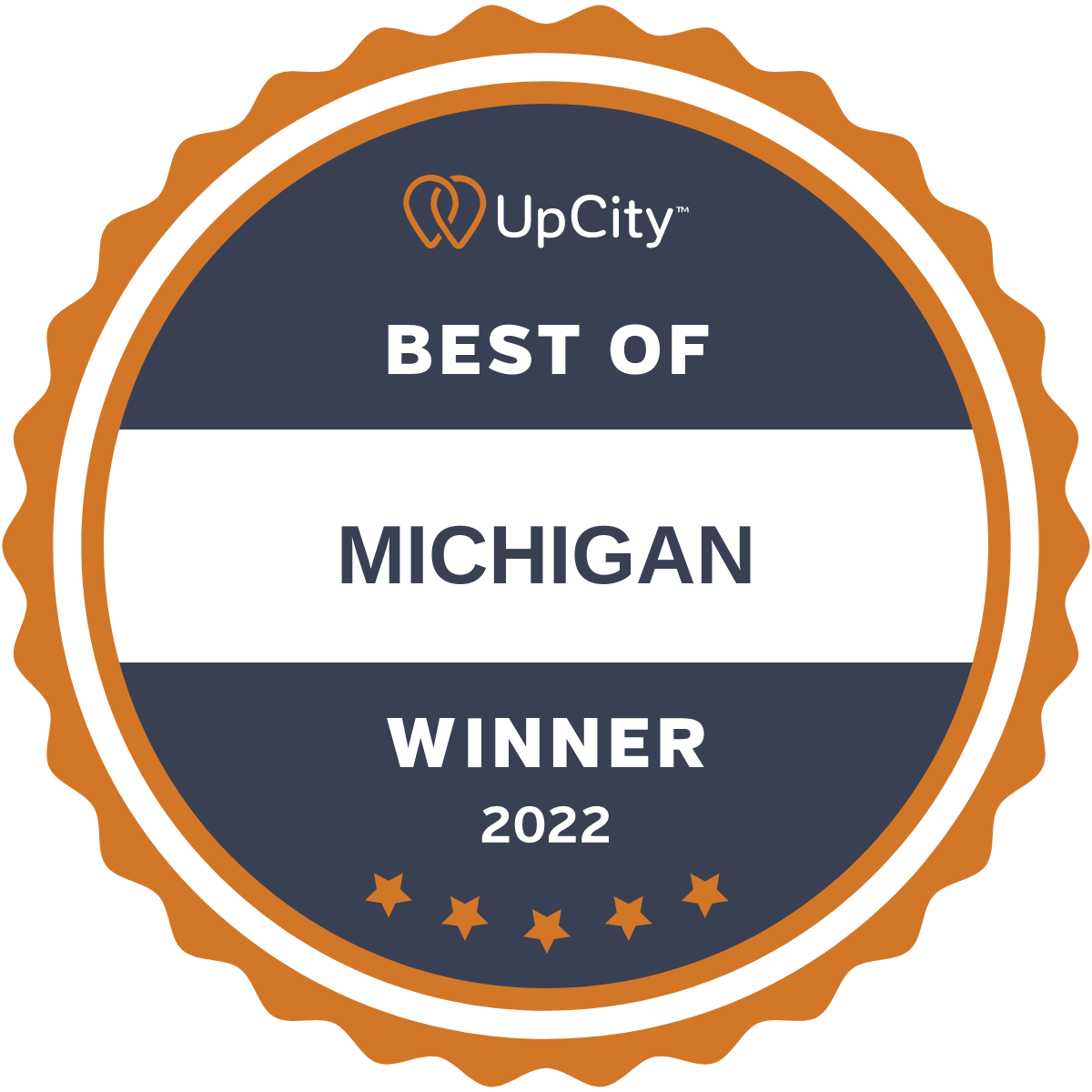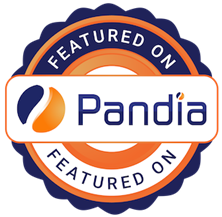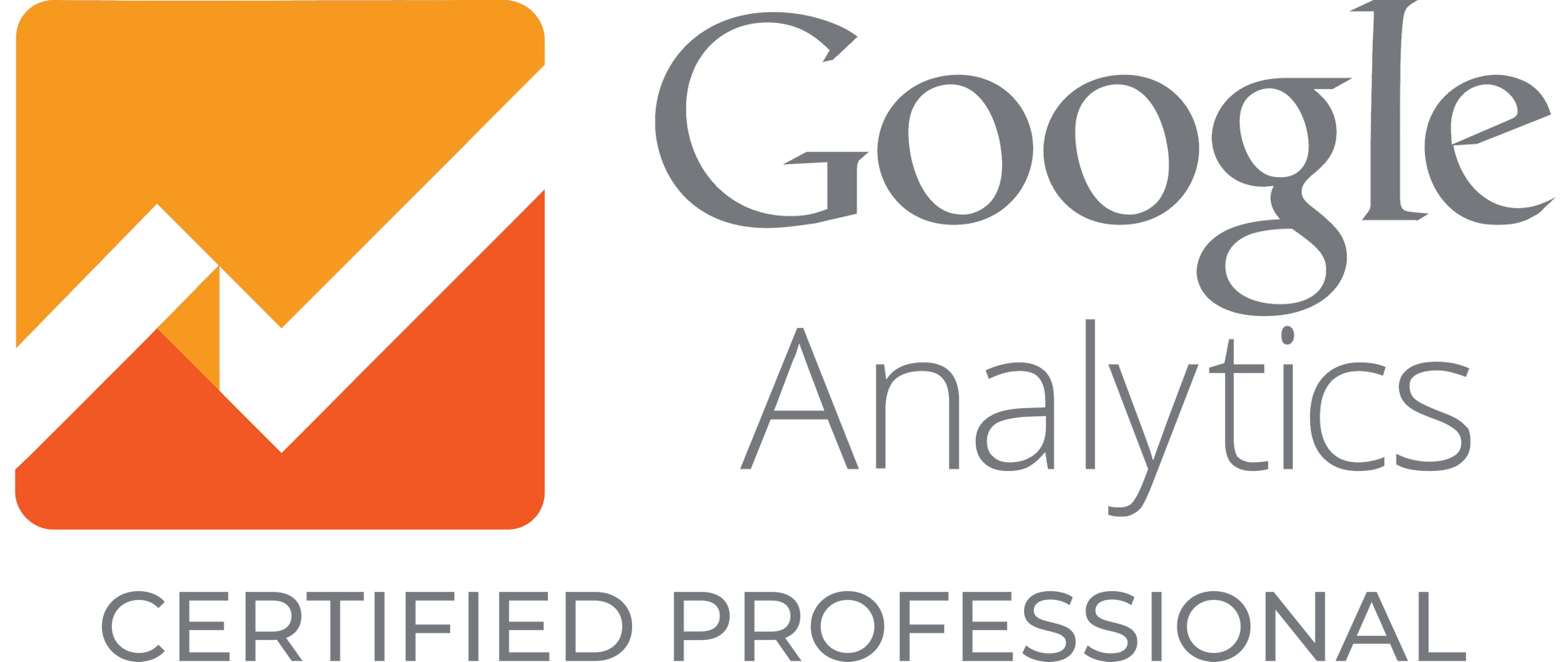All About SEO: What is SERP
SERP stands for Search Engine Results Page. It's the page you see when you type something into a search engine like Google, Bing, or DuckDuckGo. The SERP is where the search engine shows you the results most relevant to your search query.
Professional SEO services will likely tell you that your website must appear on top of SERPs (preferably the top ten for important search terms).
SERPs are essential for businesses and organizations because they can be a significant source of website traffic. If your website appears high on the SERP for relevant search terms, you're more likely to attract visitors interested in what you offer.
Many factors determine where a website appears on a SERP. These factors include the quality of the website's content, the relevance of the website's keywords, the number of backlinks, and the website's overall user experience.
📲 Do you need SEO specialists to help boost your website's position on Google SERPS? Schedule a Call with Speck Designs. 📞

The Anatomy of a Google SERP
A Google SERP is a detailed, dynamic landscape that presents users with various information sources tailored to their search query. This complex mix of organic, paid, and algorithmically generated results aims to deliver the most relevant and valuable content in response to a user's search intent. Let's take a closer look at the anatomy of a SERP, breaking down the key components that appear on a typical results page:
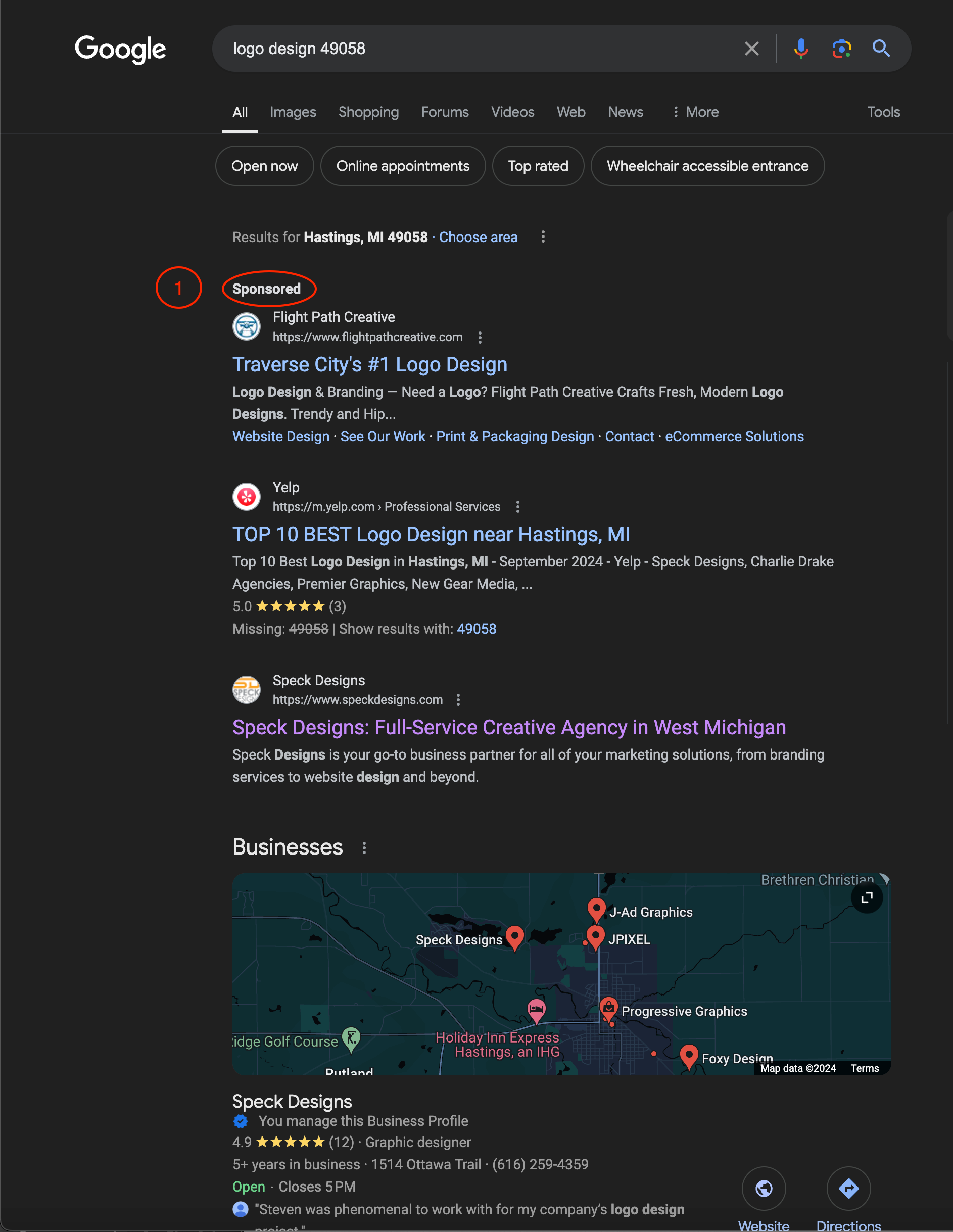
1. Paid Ads
At the top of most SERPs, you will frequently find paid advertisements like Google Ads. These ads are part of Google's paid advertising platform, often called Google Ads (formerly Google AdWords). Businesses bid to display their ads in this high-visibility position, which appears above the organic search results. These advertisements are clearly labeled as "Ad" or "Sponsored," distinguishing them from the following organic listings. Depending on the search query and the advertiser's chosen format, paid ads can take several forms, such as text, image, or even video ads.
Key Features of Paid Ads:
- Prominent Placement
Paid ads are often the first results users see, appearing at the top of the SERP. This prime real estate gives advertisers a significant visibility advantage. - Targeted Ads
Google's powerful advertising algorithms ensure that ads are highly relevant to the user's search query. For instance, a user searching for "running shoes" may see ads from sporting goods stores or athletic brands, precisely matching their interest. - Call-to-Action Buttons
Paid ads typically include compelling CTAs like "Buy Now," "Shop Today," or "Get a Quote," urging users to take immediate action. This direct marketing approach helps drive conversions and clicks from the search engine to a business's website.
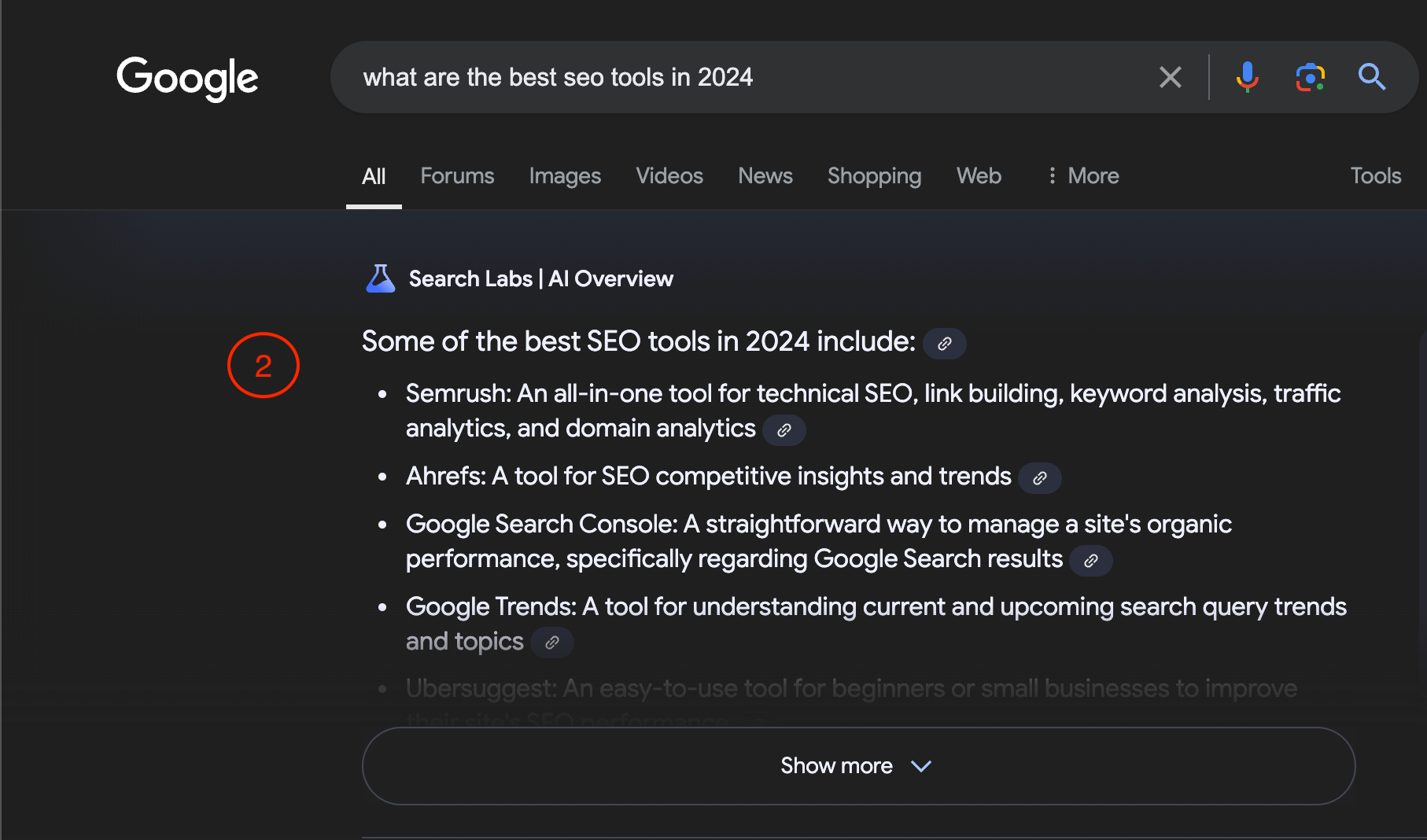
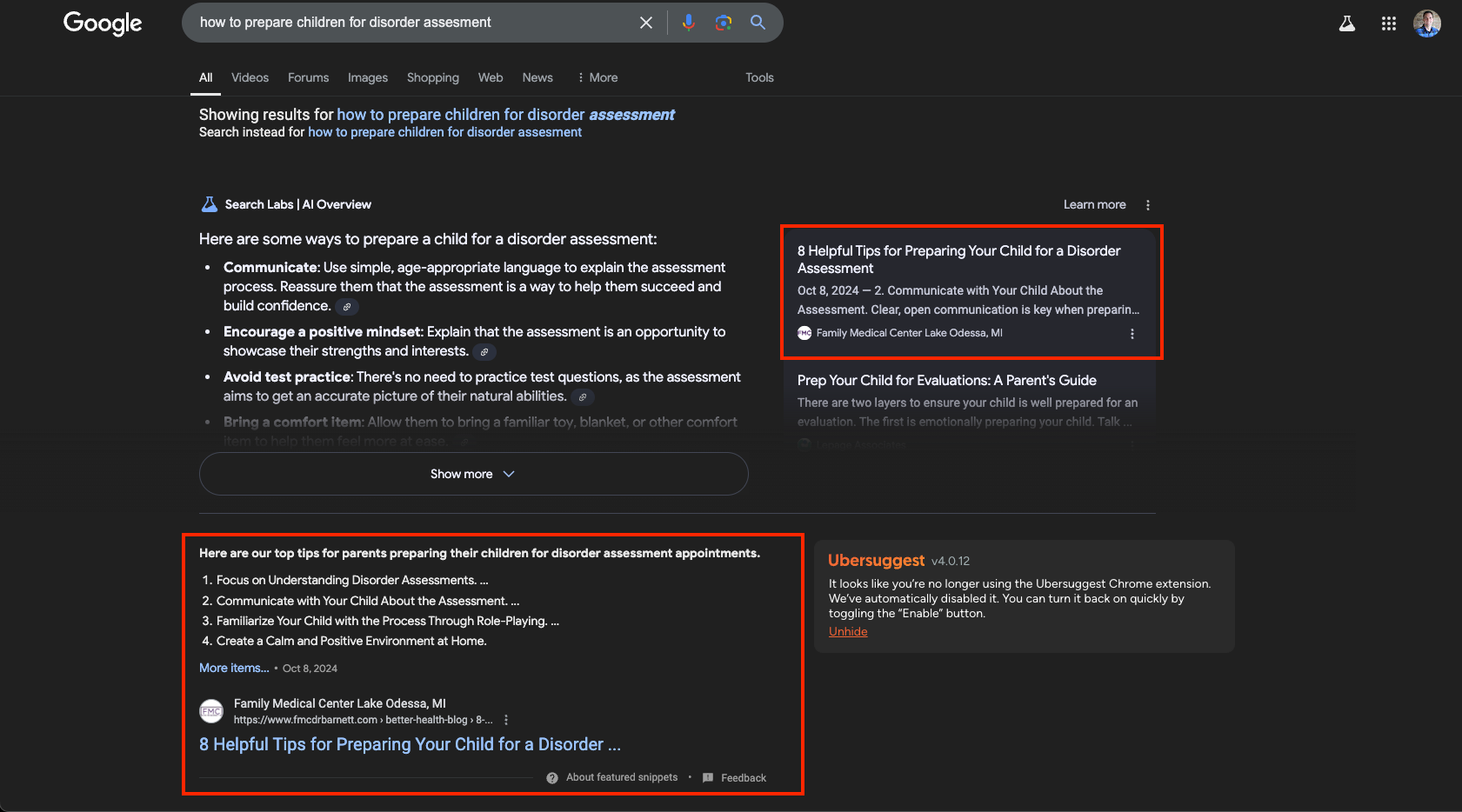
2. Featured Snippet
One of the most coveted positions on the SERP is the featured snippet, often referred to as "Position Zero" because it appears above all the organic search results. Featured snippets are concise, quick answers to a user's query pulled from a webpage that Google deems highly relevant. These snippets are often displayed as a paragraph, list, table, or video, depending on the query type.
Key Features of Featured Snippets:
- Direct Answer to Query
Featured snippets aim to provide an immediate and accurate response to the user's search, often reducing the need for them to click through to a webpage. For example, if someone searches "What is the tallest building in the world?" the featured snippet may display the Burj Khalifa's height and a short description. - Visual Enhancements
In many cases, featured snippets include images or other visual elements that enhance the user's understanding of the answer. These visuals are typically drawn from the same page as the textual snippet. - Prominent Display
As featured snippets appear at the top of the page and provide a concise answer, they enjoy a high click-through rate (CTR) due to their immediate visibility and value.
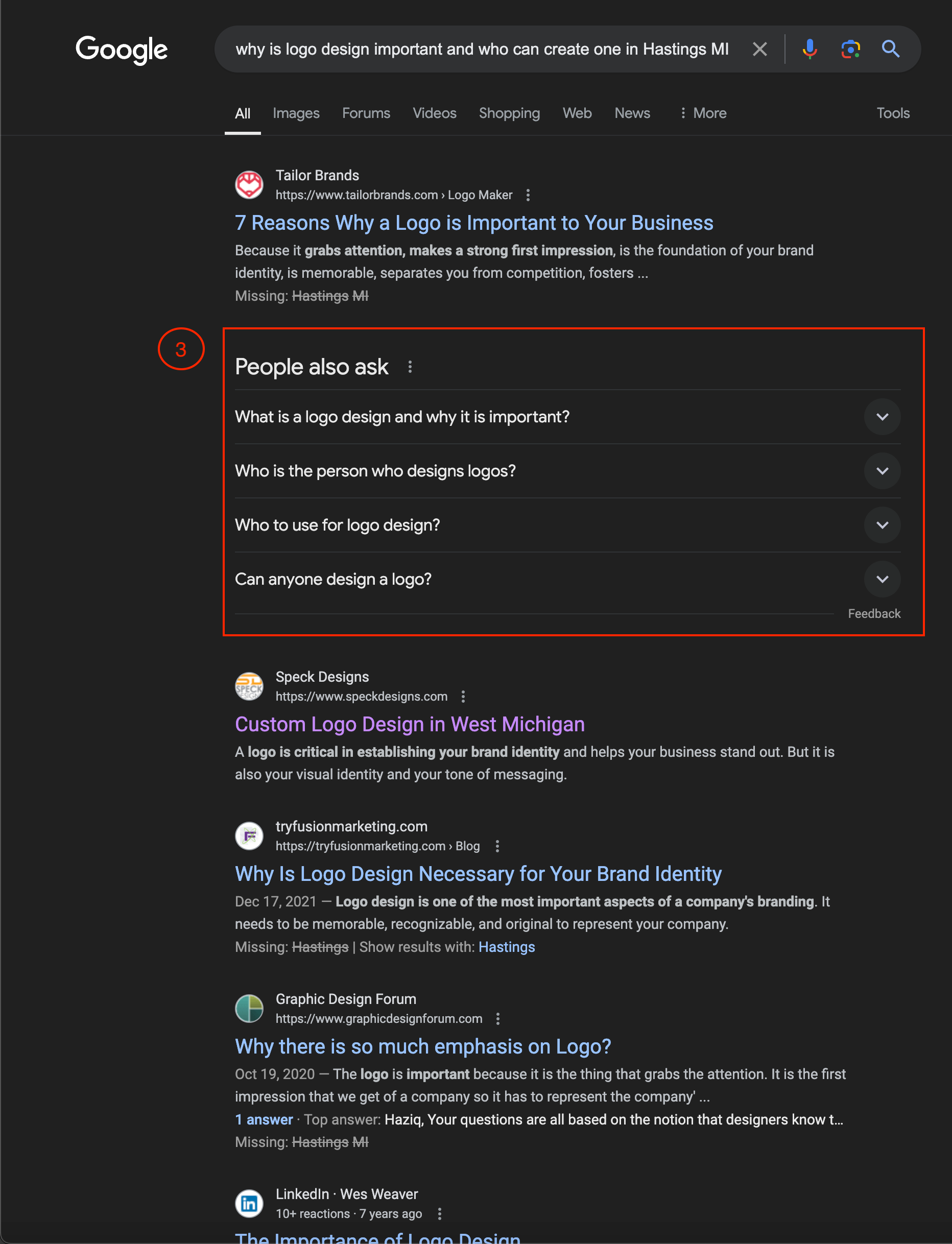
3. People Also Ask (PAA)
The People Also Ask (PAA) section is another important feature of a SERP. This interactive module presents users with a list of related questions that other searchers have posed, expanding on the original search query. Each question in the PAA section can be clicked to reveal a brief answer or additional information, creating a dynamic search experience.
Key Features of People Also Ask:
- Related Questions
The PAA section helps users navigate related or tangential topics that might be of interest, offering additional avenues for exploration. For instance, searching "How to bake a cake?" might trigger questions like "What ingredients are needed for a cake?" or "How long should a cake bake? - Interactive Element
Clicking on one of the questions reveals more information, essentially performing a secondary search within the original SERP. This makes the SERP more engaging and informative without requiring users to leave the page. - Dynamic Content
The PAA section can evolve based on the user's interaction with it, their search history, and geographic location. As users click different questions, Google may dynamically update the list with additional relevant queries.
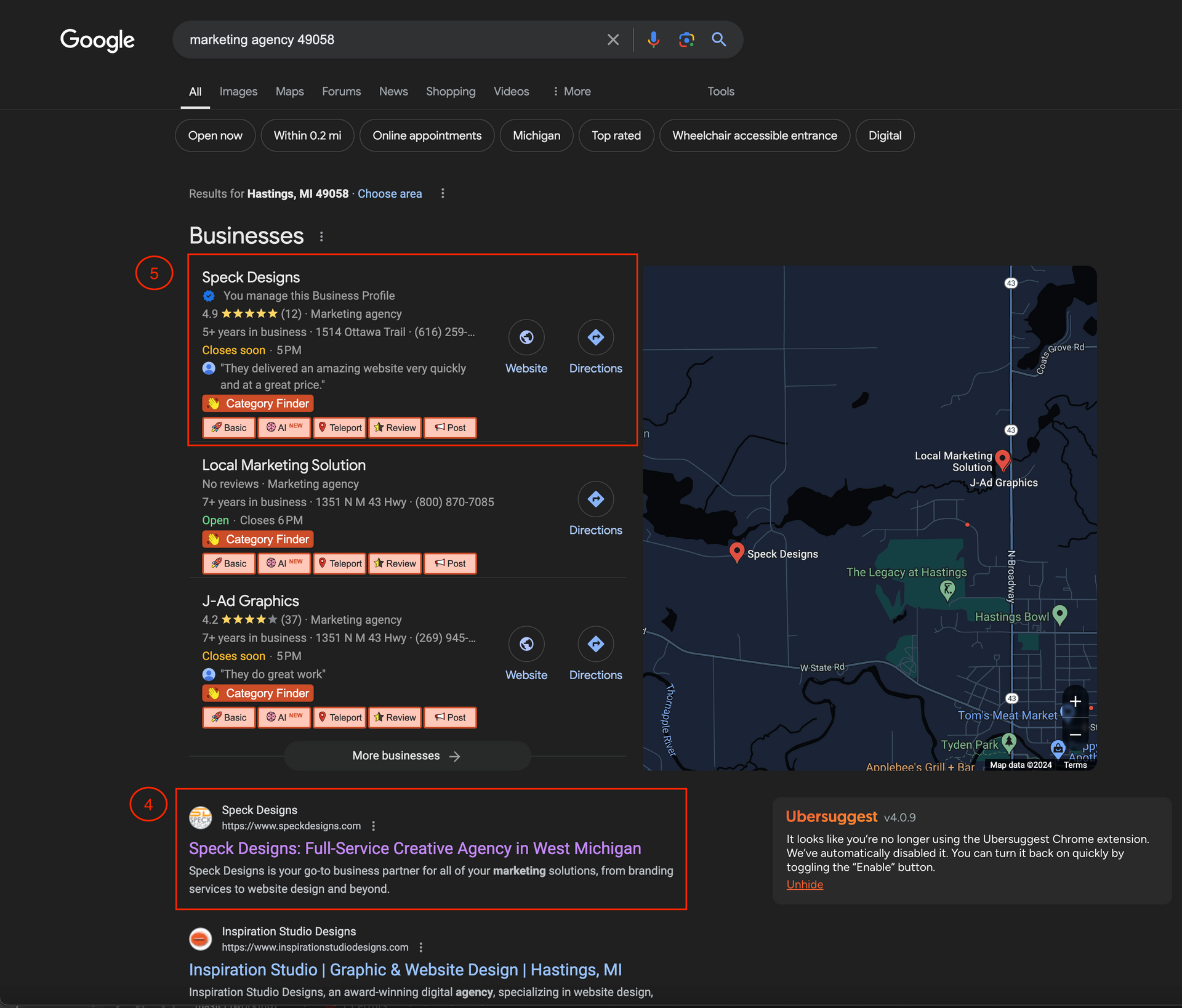
4. Organic Search Results
Beneath the paid ads and featured snippets lie the organic search results. These are the core results generated by Google's algorithm, based on relevance to the search query rather than paid placement. The positioning of these results depends on a complex mix of factors, including the quality of the content, the site's authority, and how well it is optimized for search engines (SEO).
Factors Influencing Organic Search Rankings:
- Relevance
Google's algorithms prioritize pages that closely match the user's search intent. For example, a search for "best budget smartphones 2024" will return results that directly address budget smartphone reviews for the specified year. - Authority
Websites considered authoritative—whether through backlinks, high-quality content, or a strong domain history—are ranked more favorably. A well-regarded news outlet or tech blog may rank higher than a smaller, less established website for competitive keywords. - User Experience
Google's ranking factors also assess how user-friendly a website is. Factors like page speed, mobile optimization, and ease of navigation play a role in determining which sites appear higher in the SERP.
5. Local Map Pack
For location-based searches, such as when users search for a service or product near them, a Local Map Pack often appears within the SERP. This section displays a small map with a few business listings relevant to the user's location or query drawn from Google Maps. It's handy for queries like "restaurants near me" or "plumbers in New York."
Key Features of Local Map Pack
- Local Business Listings
The Local Map Pack showcases businesses near the user's location most relevant to the search. Each listing typically includes the business name, address, phone number, website, and hours of operation. - Customer Reviews and Ratings
Google displays the average star rating for each business and the number of reviews. This social proof can help users decide which firms to consider based on the experiences of others. - Map Integration
The included map offers users a visual representation of the business's location. Clicking on the map or the business listing often takes the user to a more detailed Google Maps page with further information about the industry.
Key Takeaways
A Google SERP is more than just a list of blue links; it is a curated digital landscape offering users various content types designed to meet their informational needs. From paid ads that give businesses top visibility to organic results optimized for relevance, each component explicitly guides the user to the most helpful content. Additional features like the featured snippet, People Also Ask, and Local Map Pack enhance the search experience by providing immediate answers, related topics, and local business information. Understanding the anatomy of a SERP is critical for both users who want to navigate efficiently and businesses seeking to optimize their online presence.





